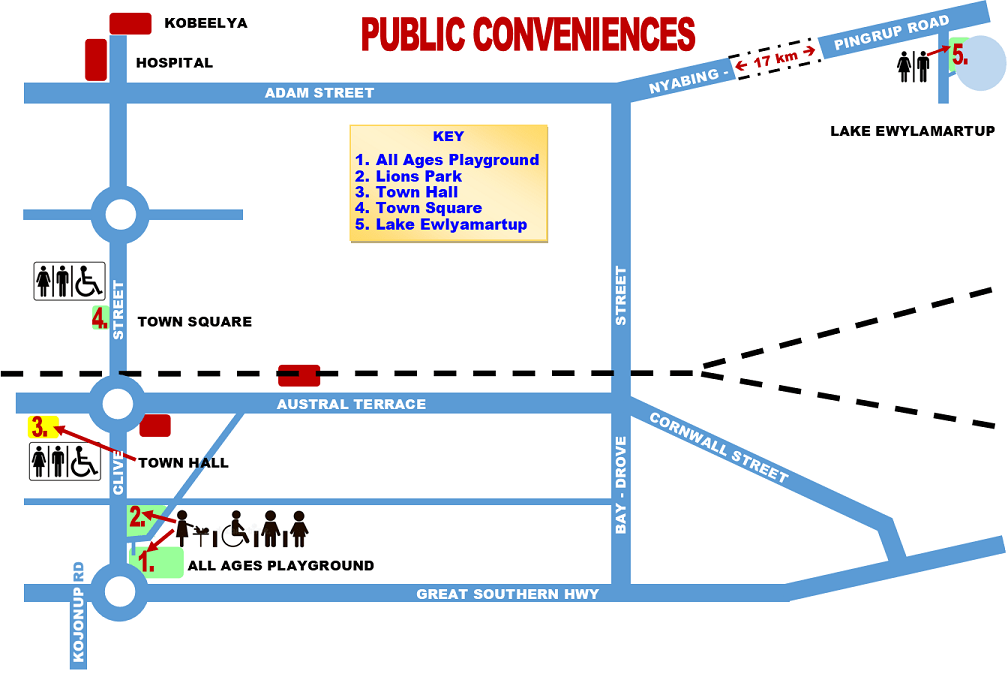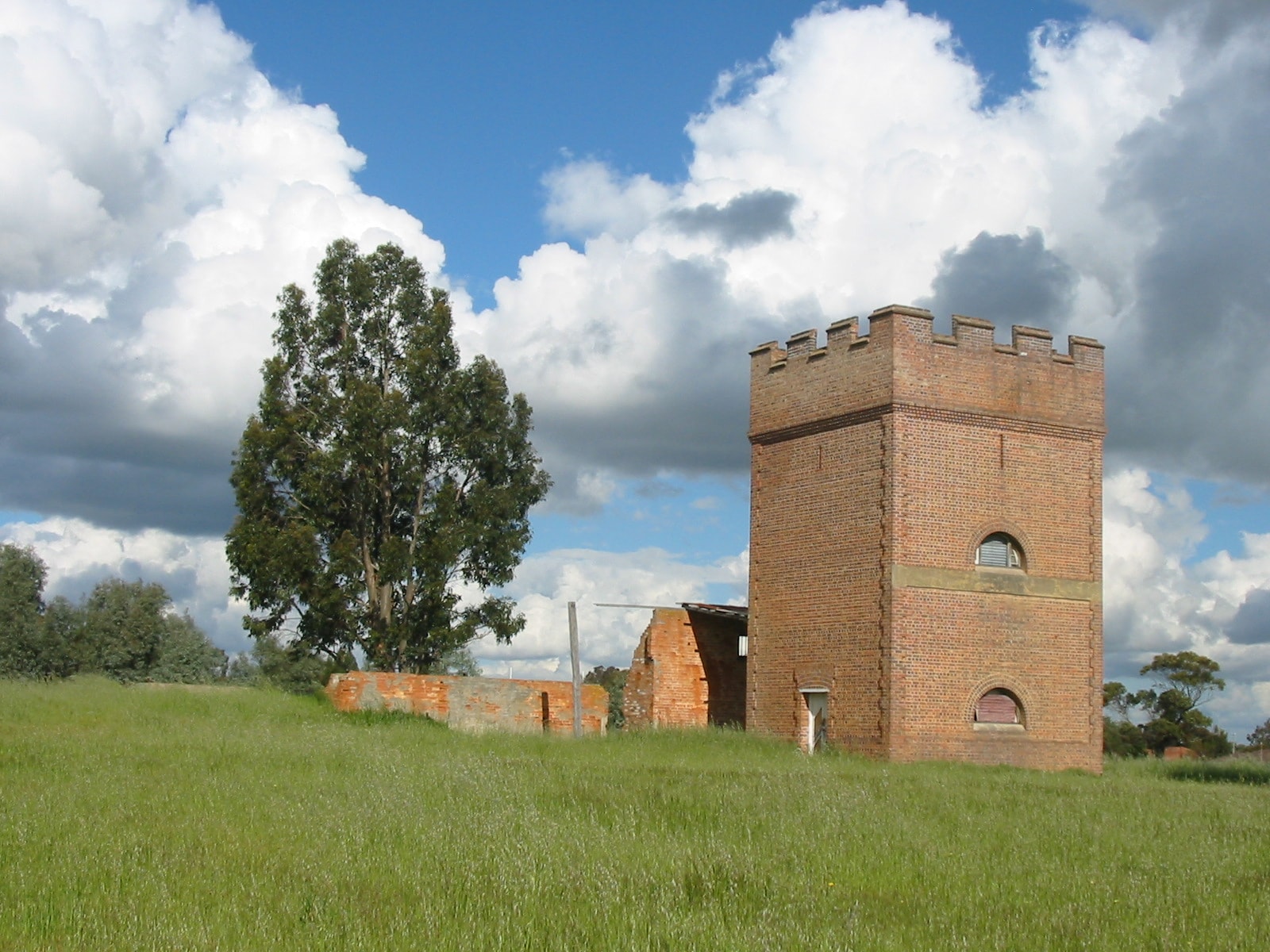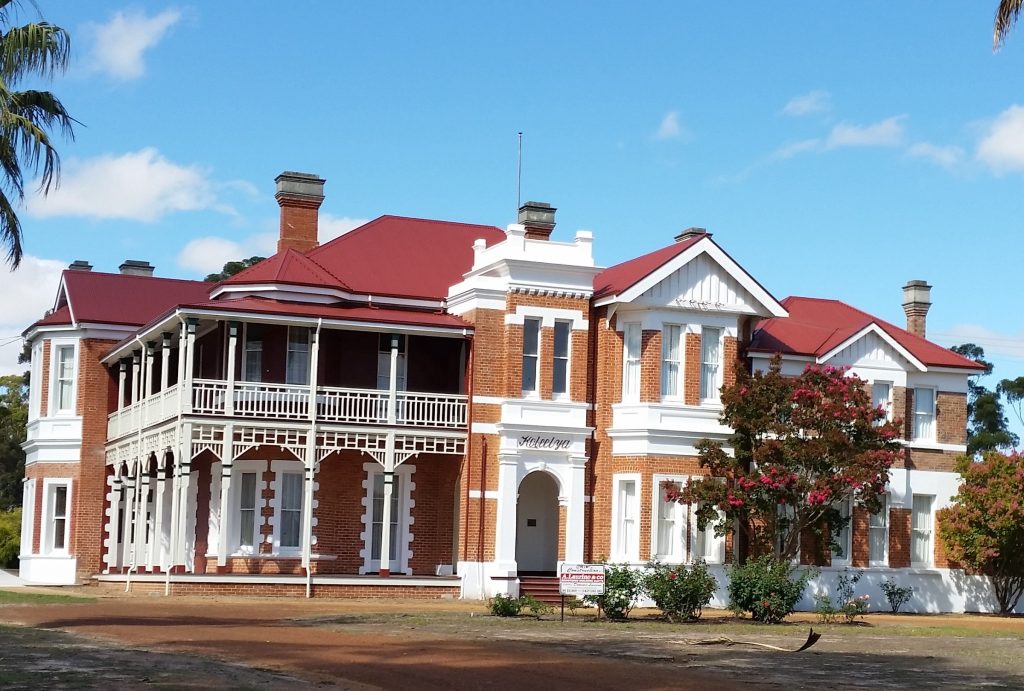Katanning home page

Heart of the Great Southern
Katanning has a rich history with its aboriginal heritage going back thousands of years. The first white settlers moved here in the late 1860’s and, with the coming of the Great Southern Railway, established the town you see today.

.
Katanning is situated in the heart of Western Australia’s
Great Southern Agricultural Region.
It is a town and shire located 277 km
south east of Perth,on Route 120.
.
Katanning’s History
The meaning of Katanning is unknown but it is thought to be a local aboriginal word that is either ‘Kart-annin’ that literally means “meeting place of the heads of tribes”, or ‘Kartanup’ that means “clear pool of sweet water”. Others suggest that the place is named after a local aboriginal woman.
The first Europeans to explore the Katanning area were Governor James Stirling and Surveyor General John Septimus Roe who travelled through the area in 1835 en route from Perth to Albany. In about 1870, sandalwood cutters moved into the area but they did not settle. It was not until the arrival of the Great Southern Railway from Perth to Albany in 1889 that the township came into existence.
The townsite was initially developed by the same company that built the railway, the Western Australian Land Company. The state government purchased the railway and the townsite in 1896 and later formally gazetted the town in 1898. Katanning remains an important centre on the Great Southern Railway to Albany.
A roller flour mill, later known as the Premier Flour Mill, was constructed close to the centre of the town in 1891 by brothers, Frederick Henry Piesse and Charles Austin Piesse; this in turn encouraged the local farmers to grow wheat which was at the heart of the town’s early economic success. The mill has now been developed by Dome Coffee as a Dome Cafe, wine bar and the Premier Mill Hotel boutique accommodation.
Katanning’s Features
A statue of Frederick Henry Piesse (by sculptor Pietro Porcelli) was erected in 1916 and stands beside the railway line in Austral Terrace. The Piesse family constructed a regal mansion which was named “Kobeelya” and, after being used for many years as a girls’ boarding school, is now a conference centre managed by the local Baptist community.
Katanning features a unique playground of over-sized structures named the “All Ages Adventure Playground”. This free playground is ideal for use by adults and children.
The town has many other attractions, including a state of the art recreation, leisure and function centre, parklands, and public library and art gallery complex.
Katanning is a diverse, multicultural community and has a relatively large Muslim population, of about 350 people, and consequently has a mosque. The vast majority of local Muslims originated in the Cocos (Keeling) Islands, and travelled to Katanning to work in the local abattoir, which was established in the late 1970s.
Other religious buildings include churches from Anglican, Baptist, Catholic, Lutheran, Seventh Day Adventist, Uniting, and Wesleyan denominations, along with a Jehovah’s Witness Kingdom Hall.
The town also has a castle-like structure which was built as a water tower for a winery constructed by Frederick Piesse.
Katanning’s entrance has been developed around a new round-a-bout to welcome tourists, travellers and people on business.
The business section has become a regional service centre for the Great Southern and services the nearby towns of Broomehill, Tambellup and Woodanilling plus several more.
Thanks to Frederick Piesse’s business acumen, the town now boasts a large number of federation style homes and distinctive buildings. The main street, Austral Terrace, has a number of old two-story buildings plus the restored roller flour mill.
Katanning also boast many firsts; the first public lending library in the state, the first electric street lighting in the state, the first house in country WA with hot and cold running water, the first motor car in country WA, the first roller flour mill in Western Australia.
The town today is one of the most culturally diverse in Western Australia yet it is one of harmony amongst all races, cultures, and religions.
It is well worth planning to stay at least a couple of days to experience the history of of the town and its pioneering families. You can learn about the town’s history by visiting “Lost Katanning”
Katanning home page
Katanning home page. Katanning home page. Katanning home page.




